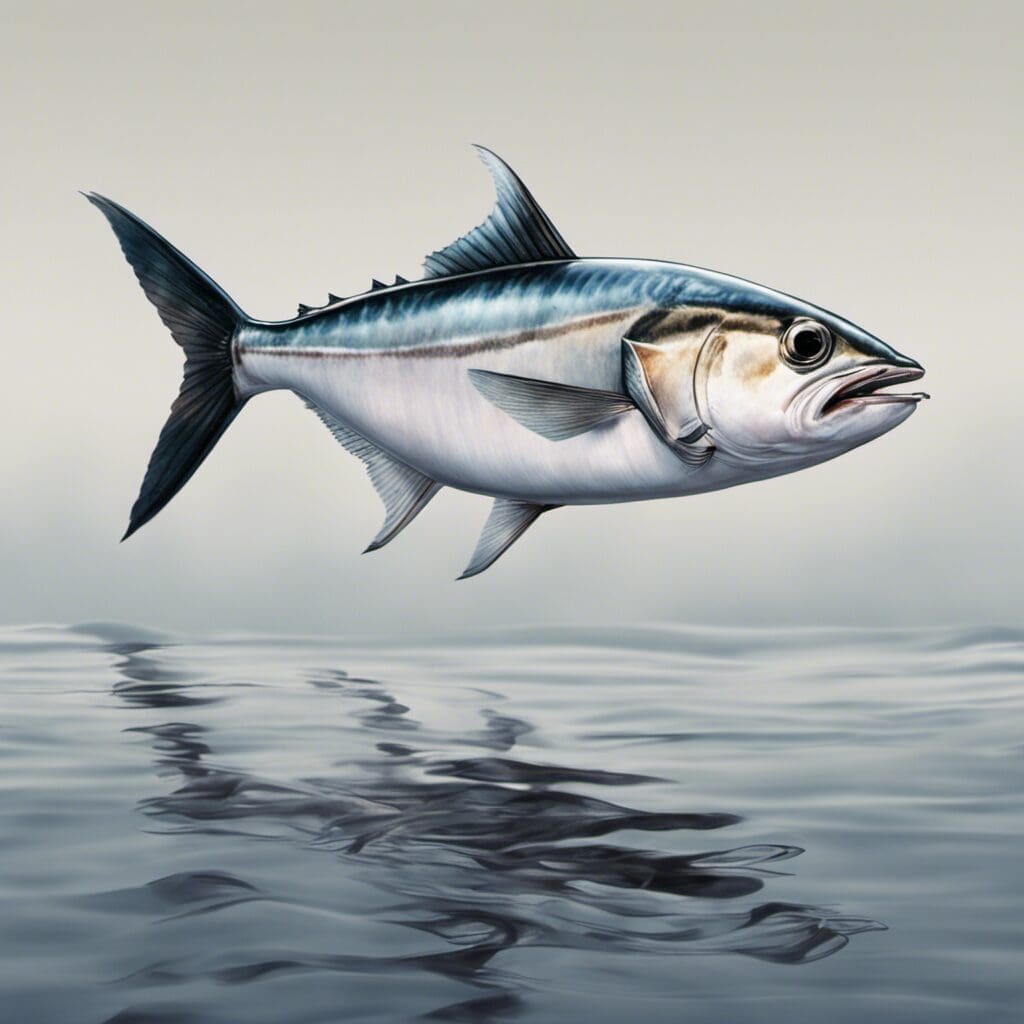Introduction
The Little Tunny, popularly known as “False Albacore,” is a species of tuna belonging to the Scombridae family. These medium-sized fish are known for their speed, agility, and sporting qualities.
Conservation Status
Currently, the Little Tunny does not have a specific conservation status as it is not considered to be under threat. Although the Little Tunny is popular among sport fishers, it does not face the same risk as other tuna species due to its lower commercial value.
Statistics
| Length (Average) | Length (Range) | Weight (Average) | Weight (Range) | Average Lifespan |
|---|---|---|---|---|
| 36 inches | 20-45 inches | 10 lbs | 5-20 lbs | 8-10 years |
Distribution
The Little Tunny is widespread in both the Atlantic and the Mediterranean, generally in tropical and subtropical regions. They are known to migrate seasonally, following large schools of baitfish to warmer waters during colder months.
Habitats
- Water Type: Saltwater and Brackish environments
- Depth Range: Generally found closer to the surface, not deeper than 200 meters
- Temperature Range: Prefers warmer waters between 20°C and 30°C
When and Where to See
The best time to spot Little Tunny is during the summer and fall when they migrate to warmer waters. As an early morning and late afternoon feeder, it’s best to spot them during these times.
Best Fishing Locations
If you are on the hunt for the Little Tunny, the top spots include the coastlines of Florida, North Carolina, and the Chesapeake Bay. For international fishers, the Mediterranean Sea is a prime location.
How to Catch
Little Tunny are speedsters and are most commonly caught through trolling or casting natural baits such as shrimp or small fish. The best time to fish for them is during the early morning or late evening during the summer and fall seasons.
Identification Guide
Little Tunas are distinguished by their dark blue dorsal sides, silvery undersides, and the distinctive wavy markings along their back. They also have a stout, streamlined body built for high speeds.
Culinary
Little Tunny is often used in sushi and sashimi. It has a firm texture and a rich, slightly sweet flavor. It is a good source of protein and provides essential omega-3 fatty acids.
Additional Information
The Little Tunny is a strong, powerful swimmer that feeds primarily on small fish and squid. It is prey to stronger swimmers like sharks and larger tuna species. In terms of cultural significance, Little Tunny is celebrated in various coastal cultures for its fighting spirit and elegance.
References and Further Reading
For a more detailed understanding, you may refer to Fishbase and Florida Museum.

